Different house rooms have different purposes, and to highlight every room, you must incorporate the right home lighting. For example, the widely used LED lighting options should take up a 76% share of the global lighting market by 2025.
You can opt for LED recessed downlights, and spotlights. But make sure you pay close attention to the color temperatures chosen for the LED bulbs.
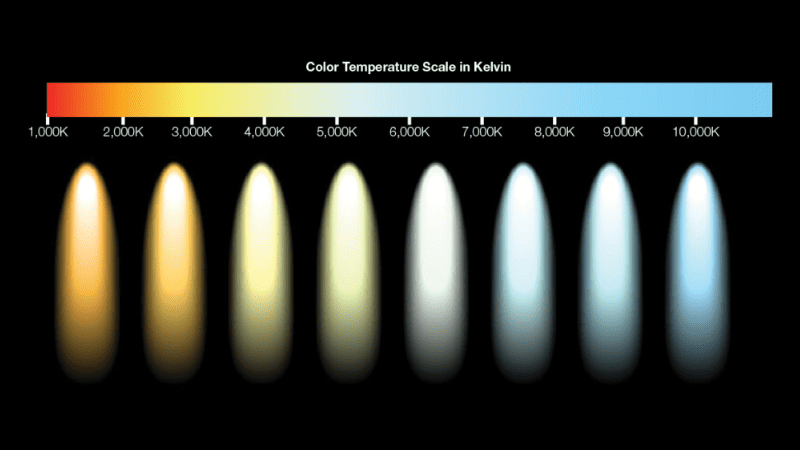
For most people, there’s a huge debate over 3000K vs. 4000K LEDs. However, we have compared both of these temperatures to solve the dilemma.
About Lighting Temperature
Before we start discussing which type of lighting is best for your house, let’s understand lighting temperature first. Lighting temperature, the same as color temperature, is the light color you see when you look at a light bulb.
For example, if you look at an LED bulb, you will find a warmer yellow light with a temperature of 2700K, which creates a warm and cozy atmosphere, or perhaps, you will notice a natural daylight-like color if the color temperature is 5000K.
In simple words, if you heat a metal piece to a temperature of up to 5,000 degrees, you will see a cool white color. That’s one way of saying that the color temperature of the LED bulb is 4000K or slightly above.
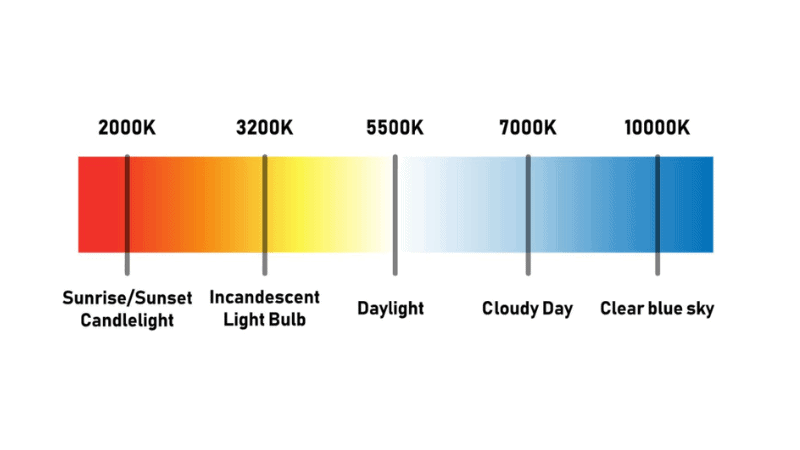
These light temperature values, such as “4000K Led bulbs,” are based on correlated color temperature. Kelvin temperature is crucial in such calculations, with a scale of up to 10000K. Here’s a list to assist you in comprehending the spectrum of light hues available:
- 2700K – warm white
- 3000K – soft white
- 3500K – neutral white
- 4100K – cool white
- 5000K -bright white
- 6500K -daylight
The household lighting options mainly include 3000K and 4000K LED bulbs. That’s why there’s normally a huge debate among homeowners relating to the suitability of 3000K vs. 4000K LED bulbs.
Ask For Free Quote
Let us Respond Promptly for your Needs :)
3000K Color Temperature
The 3000K LED bulbs give off a warm light that is more yellow than white. Although different temperatures result in different colors, the 3000K vs. 4000K distinction highlights that the 3000K LED bulbs give off a yellowish and warmer light.
However, a 3000K LED bulb also integrates with white color but is slower. This warmer yellow lighting is best for in-house objects that require a natural light finish.
For instance, if your house comprises an earthy tone, opting for the 3000K is the best option. This warmer light is most suitable for housing plans and indoor residential spaces.

For your information, most interior designers and decorators suggest avoiding the cozy atmosphere of your kitchen, especially if it’s white.
Is 3000K LED Lights Cool or Warm?
While the 3000K color temperature is on the white scale side of the Kelvin temperature, it’s warmer and yellower than the higher light temperature range. The color temperature and yellow highlights aren’t that different from an incandescent bulb. That’s why most people love to include the 3000K LEDs for a traditional look.
However, the 2700K LED or any other bulb type is more yellowish. This color might be more visible and noticeable if you use the energy-efficient COB LED downlights. This light temperature is not a good option for task lighting.
Ask For Free Quote
Let us Respond Promptly for your Needs :)
4000K Color Temperature
In the 3000K vs. 4000K color temperature debate, 4000K represents a cool white color. This might be the perfect solution to your lighting needs and requirements if you have a white-colored household interior, such as soft white-colored cabinetry in the kitchen.
For instance, the cooler light of 4000K bulbs is suitable to highlight any bright-colored objects around the house. This color temperature in LED bulbs is suitable for residential and commercial spaces.
More importantly, it helps to reflect on the white surfaces inside the house but is inadequate for an abode with wood or earthy tones.

Most of the time, people intend to use a cool transition that moves from warm yellow to warm white and then to a cooler white light, mainly over white surfaces.
Is the Light from 4000K LEDs too Bright?
Hanging between blue and yellow, 4000K LED lights are highly suitable for those looking to create an amazing mix of light in their house.
People choose to go with dimmable LED downlights for the best mix of light between 4000K and 3000K. The dimmable bulbs allow users to control the LED color temperatures.
While 4000K light bulbs aren’t too bright and don’t impose any blue light exposure, it’s certainly appropriate for rooms like living rooms, bathrooms, and kitchens in residential spaces with an aesthetic setting.
Despite that, 4000K isn’t the most widely used color temperature for houses or even commercial spaces because preferences vary from one person to another.

As a beginner interior decorator or enthusiast, you should test different light fixtures with several color temperature ranges to see which one suits you the best. Remember that homes with contemporary interior decor look great with warm white LED light bulbs or, often, cool white.
Meanwhile, houses with traditional interior decor look better in a cozy and inviting atmosphere with a yellow light source, such as direct sunlight, yellow lights, etc. Most contemporary houses today tend to go for 4000K or above due to the neutral white and cool white.
Surprisingly, the nice transition from 2700K to 3000K and then 4000K appeals to many homeowners.
3000k vs. 4000k LEDs: General Overview
When you look at the change from 3000K to 4000K color temperature, it’s quite a nice transition when it turns from a warmer yellow into a cooler light. However, since 3000K is best for houses with wood tones, 4000K lighting has several commercial applications.
Also, remember that warmer white or yellower lights are between 3000K and below. At the same time, cooler white or bright light is 4000K or above.
Meanwhile, the range from 3000K to 4000K features neutral white. Here’s a more understandable way to learn about 3000K, 4000K, and 5000K color temperatures:
| Color Temp | 5000K | 4000K | 3000K |
|---|---|---|---|
| Applications | Security (Outdoor Lighting) | Bathrooms, Garages, Work Areas | Bedrooms, Living Rooms |
| Appearance | Daylight | Cool White | Warm White |
| Feeling | Invigorating | Energizing | Comfy |
How Do I Choose Between Them?
You know several differences between both options in the 3000K vs. 4000K color temperature debate. It would be best to consider many factors to make sure you choose the perfect option.
One of the first things you must consider is that LEDs are highly energy efficient because they can produce the same amount of light using less electricity than other bulbs.
Still, in the 3000K vs. 4000K feud, it comes down to personal preference and house style. The taste in color temperature is subjective. Despite that, you should know that light can trigger different reactions in our bodies.
For instance, if you opt for warm white lighting, it will regulate melatonin production. It gives you a relaxed feeling and sets your mood for good sleep.
That’s one reason most people use warm white lighting at night or when they want to relax. On the other hand, bright lights can trigger serotonin production in the body, resulting in an energetic mood that helps you stay attentive.
For instance, when you open up many windows to let natural sunlight inside the house, it automatically results in a kick to the energy, which helps you do the daily household chores and tasks.
1. Dimming Options
Do you wish to imitate the sun’s bright light pattern? You can choose a dimming option when choosing a lighting method for your house. There’s a range of options, including bright white recessed lights, recessed lighting with dimmers, and more.
Using the said tunable function, you can make your LED fixtures emit either warm white light, cool white light, or bright white light.
In simple words, you should know that dimming will allow you to switch between different color temperatures and control the mood and aesthetics of the room you’re sitting in or residing in.
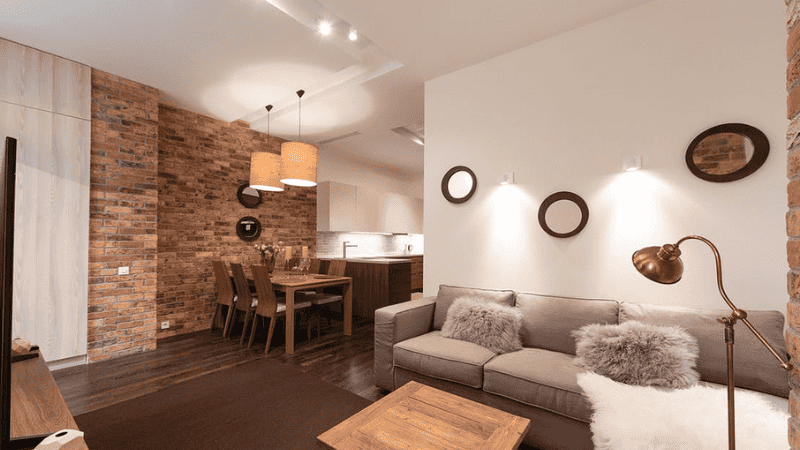
Make sure you know your needs when choosing between LED spotlights, track lighting, or other lighting options. If you want a room with a constant color temperature, you can ignore this factor and choose the best choice.
2. Utility
It would be best if you didn’t forget about utility when choosing between 3000K and 4000K color LED light temperatures. You may already know that different living spaces can have different lighting needs. For instance, when you enter the living room and turn the yellowish-warm white lights on, they instantly transform the mood into a more relaxed state.
Similarly, 4000K white light allows you to focus on the details of objects and observe more precisely. This is thanks to the bright light that 4000K LEDs often produce. For that fact, 4000K white lights are best for kitchens, garages, and bathrooms.
Wherever you need high clarity inside the house, opting for a whiter light like 4000K white light is the best choice. You can also opt for lower color temperatures for impressive displays and aesthetics.
Ask For Free Quote
Let us Respond Promptly for your Needs :)
For example, when resting in your living room or home office and reading your favorite book, warmer white light can help you relax and assist in melatonin release.
Since white light from a 4000K LED can hinder the sleep cycle by affecting melatonin and other sleep hormone production and release, it’s best to stick with 3000K when it comes to relaxation.
Interestingly, warm light from 3000K LEDs can also help hide imperfections around the house, such as small cracks or spots.
3. Health
You have to consider health as well. For example, you can’t stare into the sun for long without damaging your eyes. The case is the same for household lighting if you make the wrong decision. You have to learn about this light damage that can arise from extremely bright white lighting.

Extremely bright light can cause eye strains which can be a potential eye health concern in the future. An incandescent light bulbs is inefficient in energy consumption and produces glares that aren’t suitable for a home office or any other part of the house.
Lower temperatures are more suitable for residential lighting, while commercial applications could involve bright white lights. Since a 4000K LED bulb produces more blue light, it can contribute to eye strain from prolonged exposure.
However, considering this factor, you can understand why people tend to go for the 3000K light, especially inside bedrooms.
4. Applications
Here’s a list of residential and commercial applications for different color temperatures and home lighting choices.
- Task Lighting: This type of lighting requires high focus and clarity. That’s when you opt for 4000K LED lighting.
- Utility Work: For household chores, garage work, and maintenance, 4000K LED lighting is the best option.
- Ambient Lighting: This is one of the few options to take up any color temperature. The main purpose of ambient lighting is to match the mood and aesthetics of the room. Hence, opting for a color temperature like the main room can help.
- Bedside Lamps: This utility falls under heavy use for those who love reading to sleep. Since it’s a relaxing activity, you don’t have to stay alert with a 4000K light; thus, you can opt for 3000K.
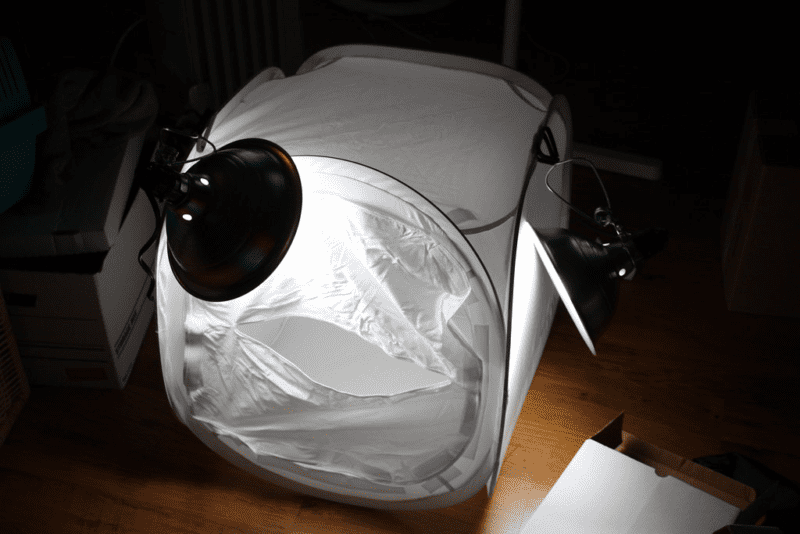
- Outdoor Lighting: Outdoor lighting has many uses, including security. For that reason, you can go for 4000K LED light bulbs or even higher that emit a lot more blue light.
- Accent Lighting: You can use 4000K accent lights to focus on the artwork.
5. How does Warm Light/ Warm White/ Natural Light Color Affect Mood?
As discussed earlier, we must mention that color temperatures can affect mood. A warm color temperature (i.e., warm yellow light) inside a room can trigger sleep hormones such as Melatonin to help you relax and fall asleep. This can help you to fall asleep faster and more effectively.
Apart from warm light, a cool light-covered room can make an individual more alert. This is because serotonin release can boost mood and energy levels.
In house areas that require an extensive amount of alertness, whether work or discussion, you should use 4000K white and cool light.
But when it comes to relaxation and aesthetics, choosing a medium bright color such as 3000K LED lights or lower can help.
Ask For Free Quote
Let us Respond Promptly for your Needs :)
Is 3000K or 4000K Better for a Kitchen?
If you have white-colored cabinetry or a surface kitchen, you can go for cooler color temperatures, such as a 4000K LED light. Higher temperatures, such as 4000K to 5500K, can also help keep up with the aesthetics and decor of your house.
Most interior decorators suggest avoiding 3000K lights for the kitchen, as they might not contribute to a cozy and relaxing atmosphere unless you have a highly traditional style kitchen.
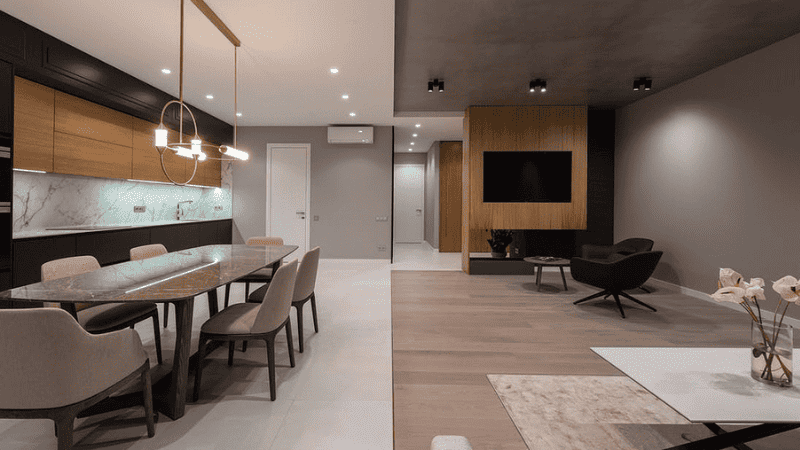
Is 5000k Brighter than 3000k?
5000K is surely brighter than the 3000K warm white light. The 5000K color temperature rests on the high end of the color spectrum. More importantly, households opt for these lights in highly attentive and cautious tasks such as construction or maintenance to ensure that the personnel or residents can work under maximum clarity.
You have to remember that with 5000K LED lights, the potential for eye strains is greater due to the high-intensity lighting.
It’s closer to broad daylight, and that’s why it’s suitable for parking lots, large outdoor venues, and industrial lighting installations. The light emitted by a 5000K LED can appear colder than the room itself.
Closing
Choosing the right lighting options for your house can elevate your interior decor. The decor is instrumental to the comfort you experience inside the house. 4000K is a much better option for focus and alertness inside the house, while 3000K is better for relaxation and convenience.
Here’s what we covered throughout this post to help you choose the right lighting method for your house:
- Difference between 3000K and 4000K lights
- Importance of 3000K and 4000K lights
- Applications of 3000K and 4000K lights
- How to choose the right lighting option for your house
Buying LED Lights from RC Lighting
Now that you are aware of the most interesting and common color temperatures, you should know that the job of choosing the right household lighting isn’t done. To ensure you can achieve the color temperature of your choice, you have to get in touch with the right light producer.
RC Lighting is one of the most popular LED light manufacturers and produces a range of downlights, track lights, spotlights, and more.
With China-based manufacturing, the company focuses on the needs and requirements of its customers. Send us your query regarding your LED light requirements, and let us help you make the most of your consideration.




